March 18th - 2022: But it isn’t…
- havenmilne20
- Mar 18, 2022
- 5 min read
In relation to my chosen and goal career of being an illustrator, I have started to look beyond just comics at this time for artwork in books. Yes, one of my favourite authors Brandon Sanderson does do some sketches of his vehicles in his book, as well as some maps and other diagrams, but that isn’t what I am looking for.
Upon entering into the Waterstones in Swansea I made my way to the children's section and began to look through a number of kids books, specifically those aimed early years, preschool, around the age of 3-5 years old.
And of course, I happened to come across the massively popular hit, Charlie and Lola, which was one of may favourites as a young child. Only now remembering of its existence, and its unique style, it is interesting to take a closer look at it.
I will say this now:
‘This Is Not a Pipe’ (René Magritte, 1929) is a term when refer to a famous painting, which is actually called The Treachery of Images, as well as being called The Wind and the Song. It is a piece in which heavily considers, discusses, reveals and enlighten one to the fact that not everything is the way it seems, or better yet put, not everything is what it is, or even real at times. Said painting is shown below:
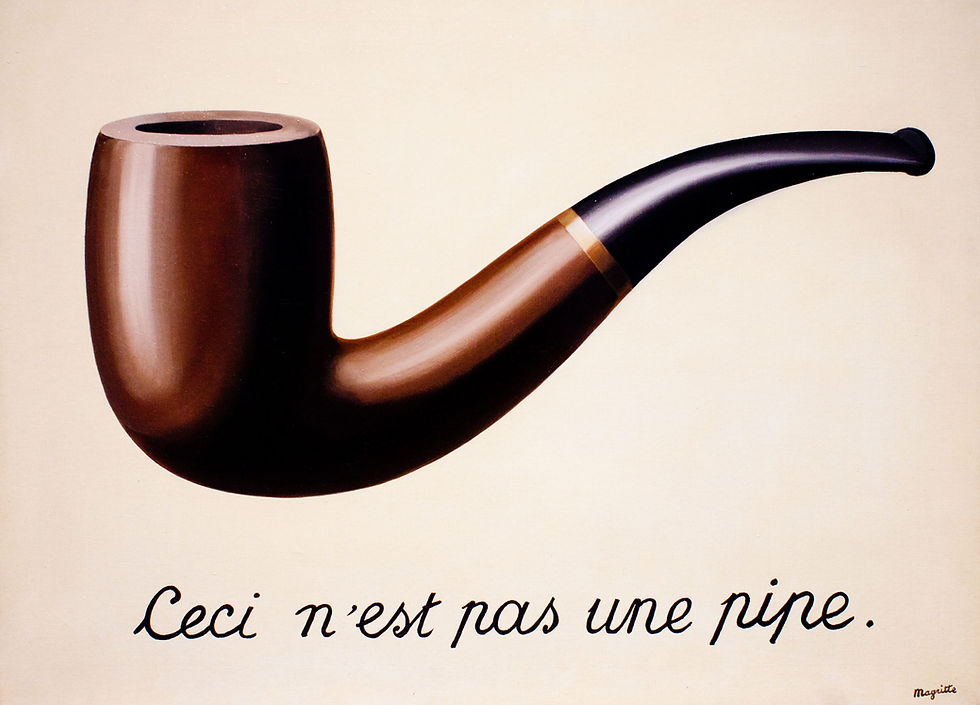
The painting depicts a pipe, or is it a pipe? That is the question in which this piece asks and relates to my project upon making a certain realisation, when looking at the artwork in the Charlie and Lola story books. Let's start with something simple.
This is not a pipe. We know that, then what is it? Well, the majority of people who will have seen or have heard of this painting, even just the subject and conversation, possibly even theory, behind this painting, are in agreement, that it is not a pipe, but a painting of a pipe.
Okay, now you may say "yeah I can see that!" But did you? This simple piece of dialogue used on a daily basis can be applied to almost anything if you really think about it, so now I will bring back Charlie and Lola into the mix.
Charlie and Lola, specifically its artwork, is made using a very simple collage system. The creator of the book, its writer and illustrator, Lauren Child, gathered and used a range of different textured and patterned items to form the clothing, backgrounds, objects and other items in her world, giving them a sense of depth and realism, as well as an inviting and enjoyable visual experience for its young readers.
Yet there is something off about the books, take a look below:
The images, even though made through the use of collage, seems too good to be true, for me at least. The process of collage has a feeling of error or small mistake to the artwork that is eventually created, giving it a sense of realism and being grounded, real. But when looking at the work of Lauren Childs, I don't get that feeling, I have the sense of fakery or cheating. It is all understood that in the end all art for a book needs to be scanned and then printed using technology, but I believe the process that I am showing here, does that a the start, rather than at the end.
What I mean by that is that, and since I have found no actual information from the publisher, editor or the creator them self on how they made their artwork, the artwork was not created in the method that is was shown and is being presented as.
From what I can see, each of the individual elements of the artwork that is in the Charlie and Lola books, was scanned and then digitally edited to look like they were "collaged." Yes, they are still collaged, but not in the sense of which I am seeing and believing. And this is very reflective on the animated version of the books. It would be a painstaking process of creating every single frame of the animation of the book by hand, with each cut out of the clothing and trees and fur moving at the right speed and changing in pattern to stay in some form of reality, without looking like some kind of strange disco party where patterns flash randomly.
So really, when looking at it, these are digital. It is still a process of collage, but it feels like cheating to be honest. I can't see many wrinkles, tears or fingerprints in the artwork, so give the collage elements of the artwork that sense of realism. I wouldn't doubt it if some of the patterns were also digitally created. I may be wrong on this, but the artwork feels so off and strange now when looking at it with an older, maturer and more creative mind.
Another perfect example of this, is the movie Trolls (Mitchell, 2016, DreamWorks Animation). The film takes on a unique and gorgeous style, and not just in the animation, but the design of the world and the characters. With the advancements of technology, DreamWorks managed to create a world which looks like it is entirely made from different kinds of fabrics, and so much to the fact, that when watching the film one can see the small fibres from the fabrics sprouting off the characters, giving them a unique texture design and lighting effects.
But, it is not felt or any kind of fabric. Our mind is seeing fabrics, but we are just seeing a computer rendering what it thinks is fabric, and being told what a fabric it is, and then applying/rendering the complex files to the character models being used in the film.
Now I wouldn't say it is exactly cheating, as what the creators of the film wanted the characters to do, would not be possible if they were to use stop motion, as the real versions of the fabrics seen in the film would not work in the same way. Take a look at the films by Aardman, they actually use the fabrics and materials we see in their films, as it is all real, as everything is in stop motion, captured on a real set with physical objects.
By now, you are probably wondering, what my point is. Well, this is it. With my work, I will e using some level of digital editing in order to create my comic, but not until after all the panels have actually been created, and that means being created with real raw materials. I will be using digitally editing and sketching from photographs that I take since I cannot draw people for the life of me, but the end prints of the images will be done with real materials, those being the wood blocks which I shall create with a laser-cutter. It will be a long and patient process, but will result with clear and results which I have created with my bare hands.
I want my prints/images to feel organic, and not just in the sense of what the images are featuring, but also how they are made, not cheating and casting some weird skin, texture, layer, filter or some over complicated rendering process. The images will be what I intend them to be of and what they are made from, not some reproduction or digital replication.








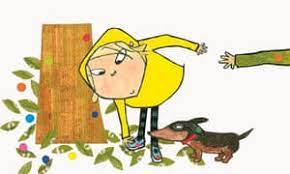
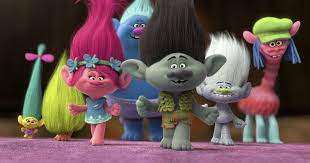
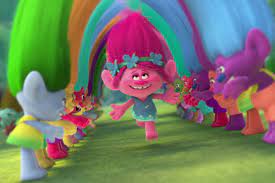
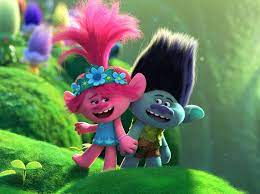
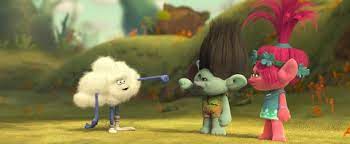







Comments